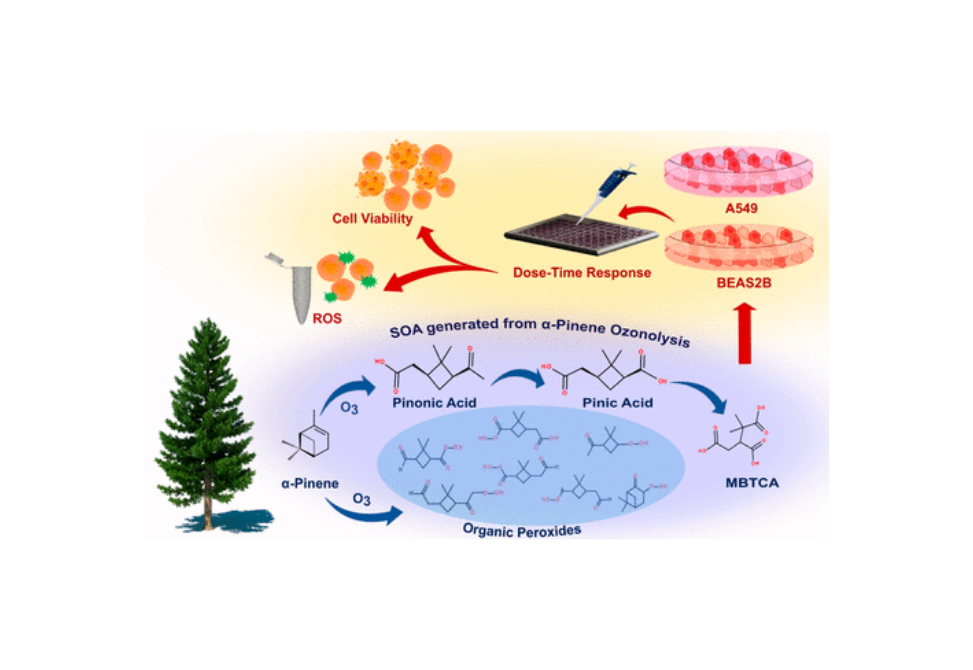Research Archive

This work is focused on the development of poly(diol-co-citrate-co-ascorbate) (POCA) elastomers with tunable properties for coating ePTFE vascular grafts.

Here, we report the use of pincer-ligated iridium complexes to achieve alkane dehydrogenation by proton-coupled electron transfer, using pairs of oxidants and bases as proton and electron acceptors.

In this study, we quantified an increasing concentration response of three well-established α-pinene SOA tracers (pinic, pinonic, and 3-methyl-1,2,3-butanetricarboxylic acids) and a full mixture of α-pinene SOA in A549 (alveolar epithelial carcinoma) and BEAS-2B (bronchial epithelial normal) lung cell lines.

Here, we demonstrate how to obtain these parameters from the concentration dependence of solution viscosity. The centerpiece of this approach is the scaling relationship between solution correlation length (blob size) ξ = lgν/B and the number of monomers per correlation blob g for polymers with monomer projection length l.

We review quantitative, wet-experiment based efforts aimed at understanding how and why high concentrations of small molecules, synthetic polymers, biologically relevant cosolutes and the interior of living cells affect the energetics of protein-protein interactions.

Here, we combine optical microscopy, single-entity electrochemistry, and numerical simulations to elucidate the dynamic motion of graphene nanoplatelets at a gold ultramicroelectrode (radius ∼5 μm).

We expand the concept of natural transition orbitals in the context of real-time time-dependent density functional theory (RT-TDDFT) and show its application in practical calculations.






